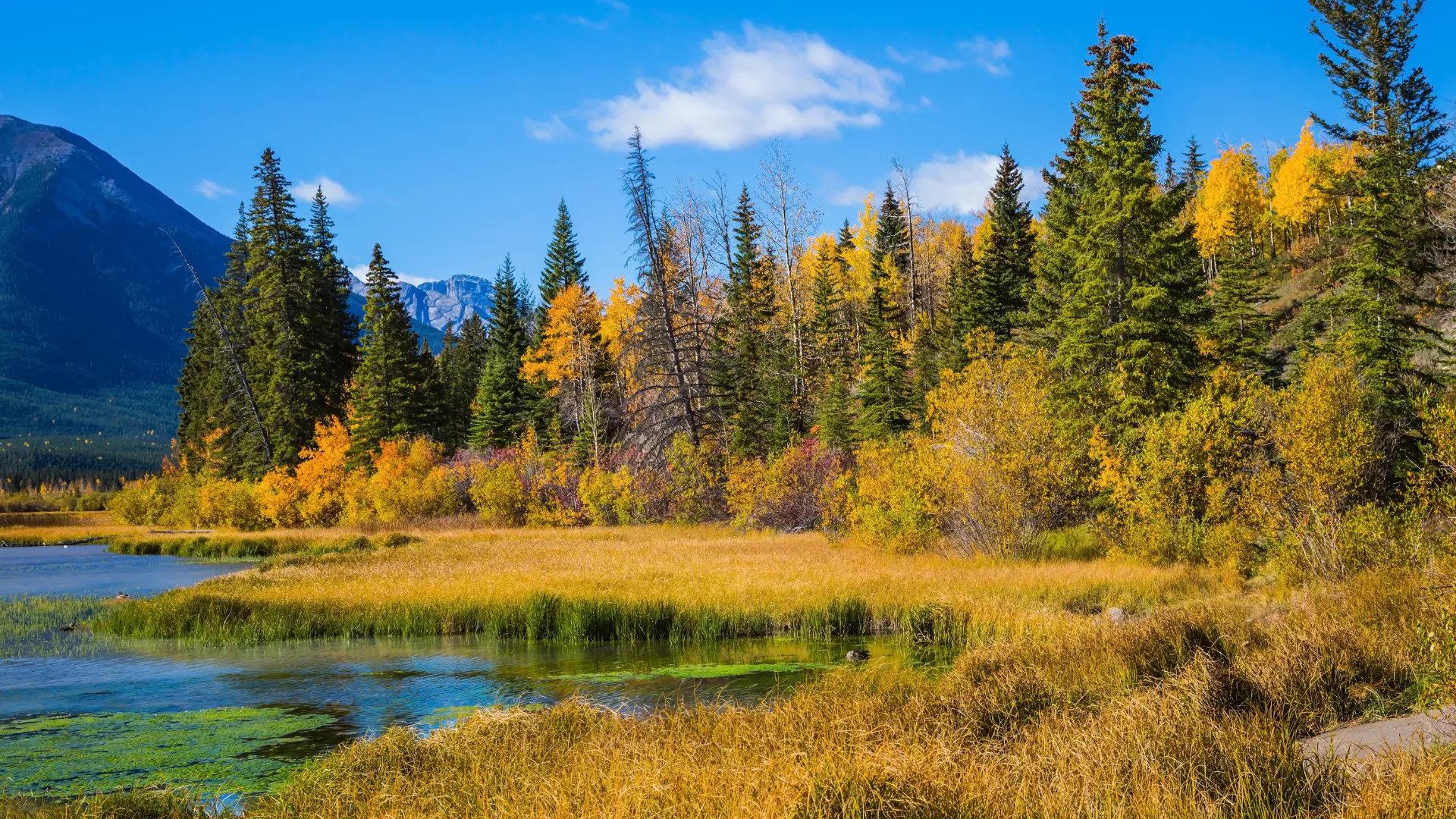SCC and ICLR recommend new standardized methods to conduct wildland/urban interface fire case study research
A new report from the Institute for Catastrophic Loss Reduction (ICLR) and the Standards Council of Canada (SCC) recommends the development of standardized methods for conducting wildland/urban interface fire case study research in Canada.
As one of the most forested countries in the world, Canada sees an average of 8,000 wildfires each year. While most remain small and manageable, occasionally fires become large and threaten communities located in the wildland/urban interface (WUI).
One of the most impactful of such events occurred in May 2016, when fire entered the community of Fort McMurray, Alberta. This resulted in the loss of around 2,400 structures (mostly homes) and caused insured damage of $3.64 billion dollars, making it Canada’s costliest natural disaster.
Canada has no formal process for conducting case studies on WUI fires to help identify how future fires can be prevented or impacts reduced. As a result, very few field-based studies of WUI events have been conducted in Canada.
This report, authored by wildland fire experts from ForestWise Environmental Consulting and the Canadian Forest Service, initiated by ICLR, and sponsored by SCC, serves as a foundation and is a first step toward creating best practices for WUI fire exposure and impact case studies in Canada. The report also explores what a comprehensive methodology might look like. It addresses scientific, operational, and administrative aspects of implementing WUI fire case study research. Such studies are vital to address knowledge gaps and improve mitigation measures that reduce structural vulnerability, ignition, and loss.
“As we have seen earlier this year in Australia, and over the past few months in places like California and Colorado, WUI fire events can be extremely impactful, leading to injuries, loss of life, loss of property and societal disruption. More and better structured case study research on such events will give us a much better picture of how each play out, providing a better understanding of how we can reduce the risk of WUI fires going forward,” said Paul Kovacs, executive director of the Institute for Catastrophic Loss Reduction.
“Standardization is an important tool to protect Canadian communities from natural disasters,” said Chantal Guay, CEO of the Standards Council of Canada. “This report is an excellent example of how, working together, SCC and ICLR, supported by a dedicated group of wildland fire experts, are helping drive Canada’s safety, health, well-being, and economic prosperity. Protecting what we have is especially important in these exceptionally challenging times.”
About the Standards Council of Canada
Established in 1970 as a federal Crown corporation, the Standards Council of Canada (SCC) is Canada’s voice on standards and accreditation on the national and international stage. SCC works closely with a vast network of partners to promote the development of effective and efficient standards that protect the health, safety and well-being of Canadians while helping businesses prosper. As Canada’s leading accreditation organization, SCC creates market confidence at home and abroad by ensuring that conformity assessment bodies meet the highest national and international standards.
About the Institute for Catastrophic Loss Reduction
Established in 1998 by Canada's property and casualty insurers, ICLR is an independent, not-for-profit research institute based in Toronto and at the University of Western Ontario in London, Canada. ICLR is a centre of excellence for disaster loss prevention research and education. ICLR's research staff is internationally recognized for pioneering work in a number of fields including wind and seismic engineering, atmospheric sciences, water resources engineering and economics. Multi-disciplined research is a foundation for ICLR's work to build communities more resilient to disasters.
